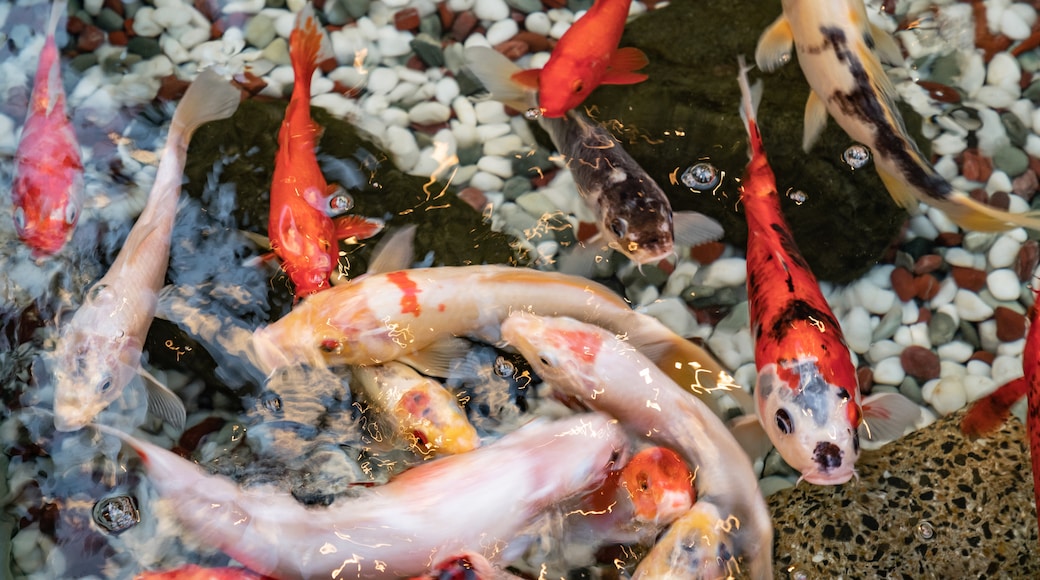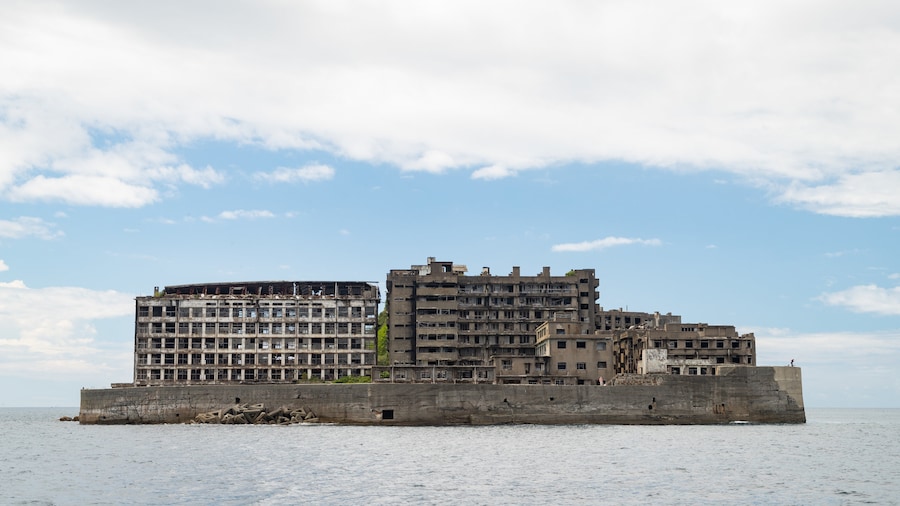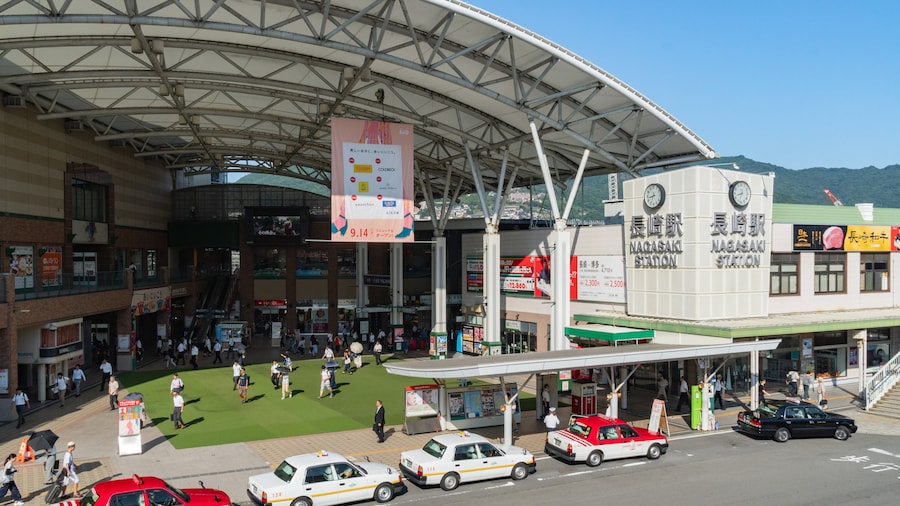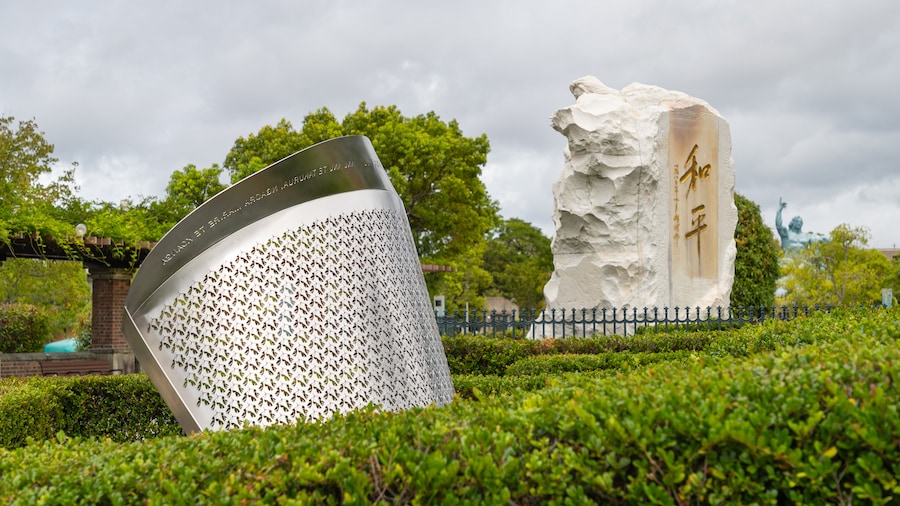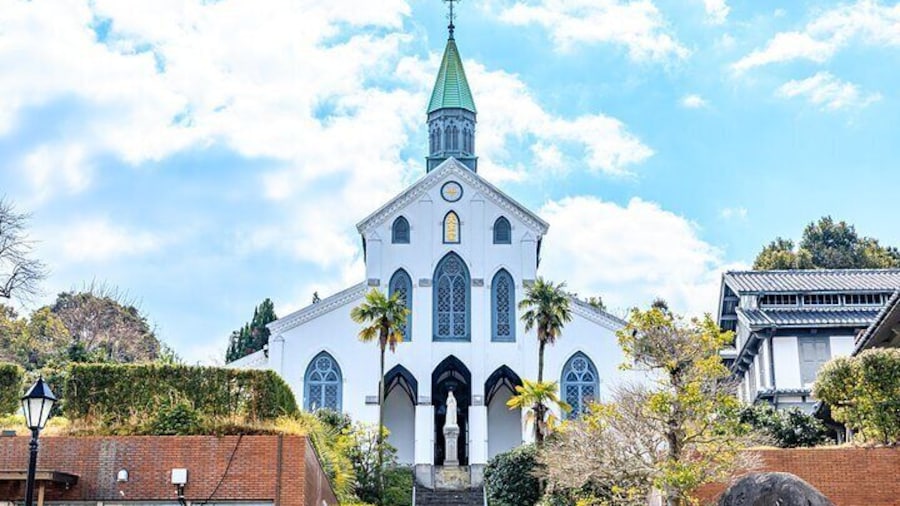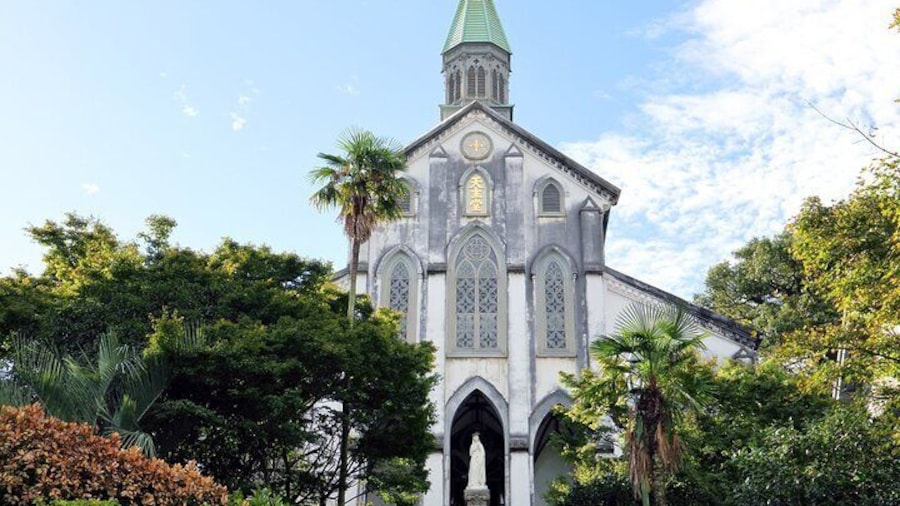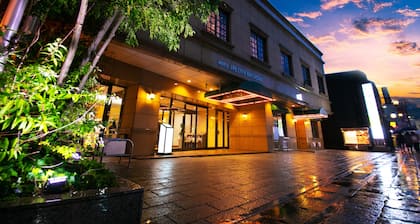Nagasaki’s Shinchi Chinatown is the oldest and one of the three largest Chinatowns in the country. The community has become firmly established since the city began trade with China in 1635. Goods such as medicines, silk, sugar and books were brought here and made a lasting effect on the area. Visit historical sites throughout the city where its Chinese people are often mentioned.
In earlier times, Chinese were permitted to settle anywhere in the city however, restrictions were established in 1689 to confine them to a walled area in an effort to control business. Few Japanese citizens were allowed to visit the area, although Chinese people were allowed to go to their temples scattered throughout the city.
Over time with the restrictions removed, this merging of cultures had an effect on events and food. Experience this interesting blend with a visit to Nagasaki’s Chinatown.
Cuisine combining Nagasaki and Chinese styles is available at many restaurants, particularly in Chinatown. Chinese residents relocated from their earlier community to an area of reclaimed land in the latter part of the 19th century and adopted the word shinchi, meaning new land.
Enjoy one of a number of cultural events such as dragon dances, the dragon boat championship and the spirit boat procession. The area is also popular for its carnival-like Lantern Festival, when citizens from across the city and tourists join in the Chinese New Year celebration sometime between late January and early March.
Journey to Shinchi Chinatown on tram 1 or 5 to Tsuki-machi stop. Enter through one of four Chinese gates and be greeted with appetizing smells that waft from an excellent selection of restaurants to whet your appetite as you walk through the area.
Near this neighborhood is the former Chinese community, Tojin Yashiki, with its Chinese-style gate and historical buildings from that period.




